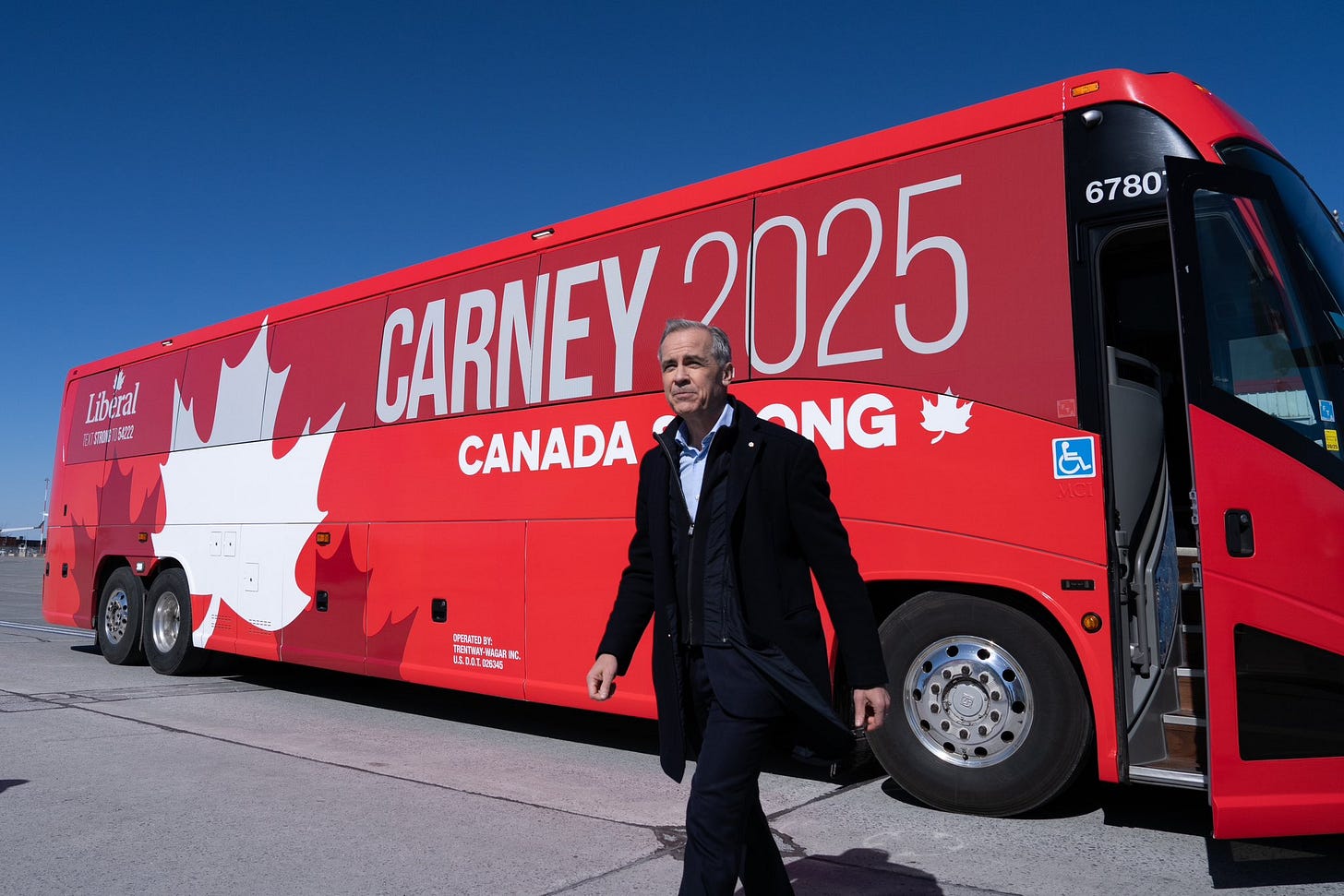🇨🇦Canadians go to the polls
What can we expect tonight as Canadians go to the polls, giving their vote to either the Liberal Mark Carney, or the Conservative, 'Maple Maga' candidate, Pierre Poilievre?

👋Hey guys, Julien here. The French Dispatch is a reader-supported publication, and both our coverage of current affairs as well as our ability to bring you more news and information on the world around u…




